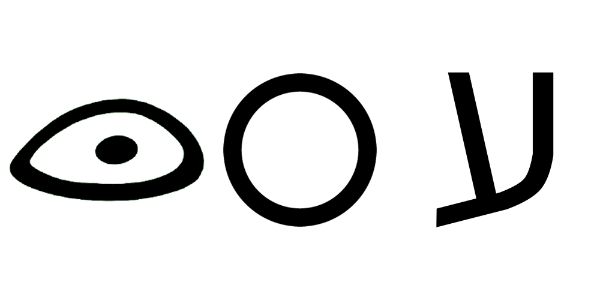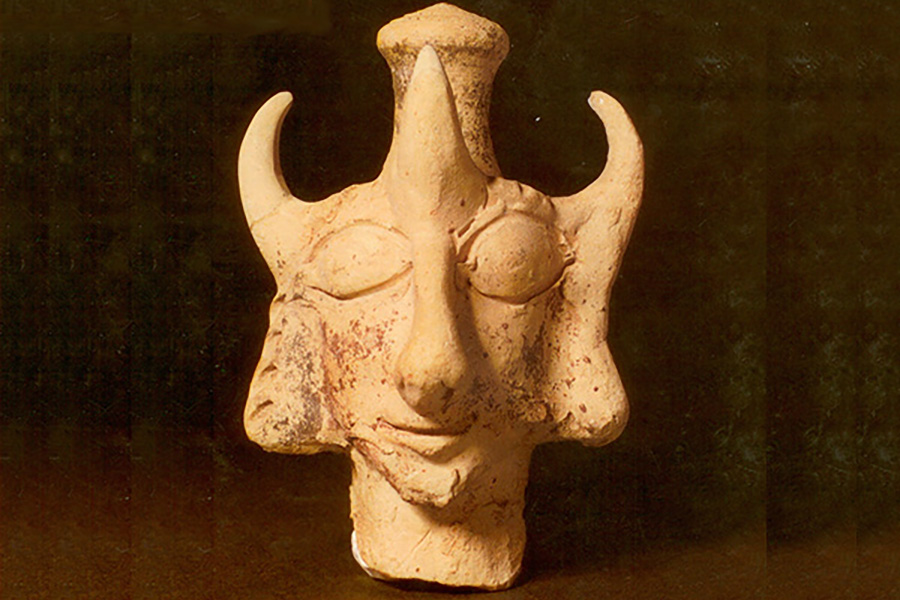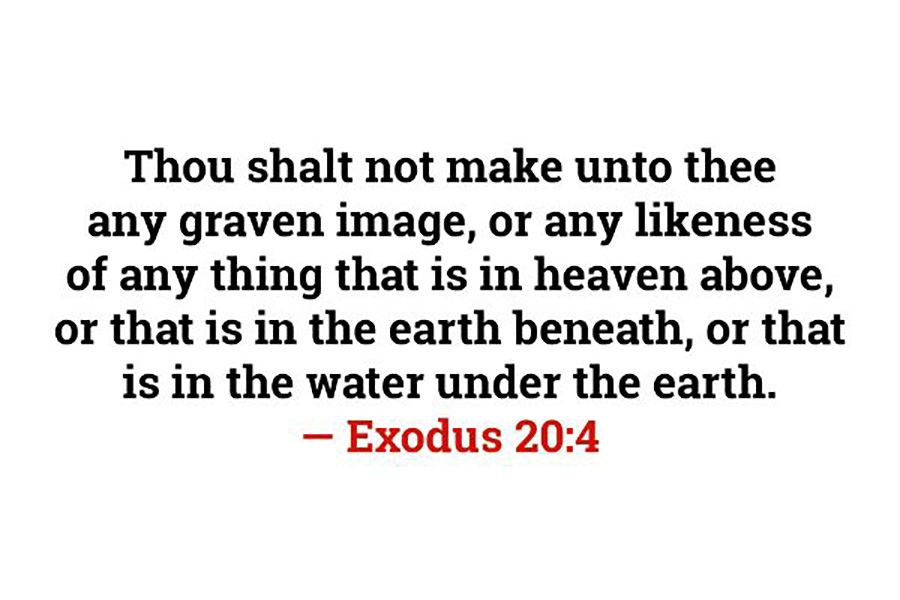The letter āyan (𐤏) or Ā/ā is the sixteenth letter in the Afroasiatic language known as Paleo-Hebrew (Ābarayat). The letter has been equated with the letter A, the letter E, the letter Gh, the letter I, and the letter O in the English language. Nonetheless, the elongated letter A and the letter I are the most likely association for the letter in English.
It is possible that it could be written as an I but pronounced like the letter A based on historical connections to the Igbos, Ibri, and Iberians, which are all derived from a progenitive ancestor of Ibar or Ābar. Nonetheless, the letter Gh does have historical support when looking at languages that branched from Ābarayat. Also, the letters E and the letter O are mostly used in Modern Hebrew in English transliteration. The multiple letters associated with āyan (𐤏) have caused much confusion and serious implications. We discuss this further under the “History of the Meaning“ below.
Extended Study for 𐤏 (ā)
To read the study guide entry that elaborates on 𐤏 (ā) then join our Extended Study Membership at https://www.paleohebrewdictionary.org/extended or use phdict.org/extended to share a short link with others.





